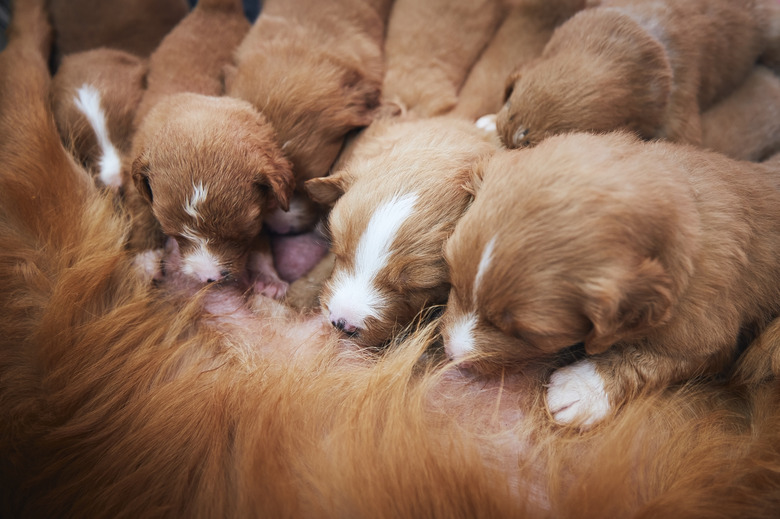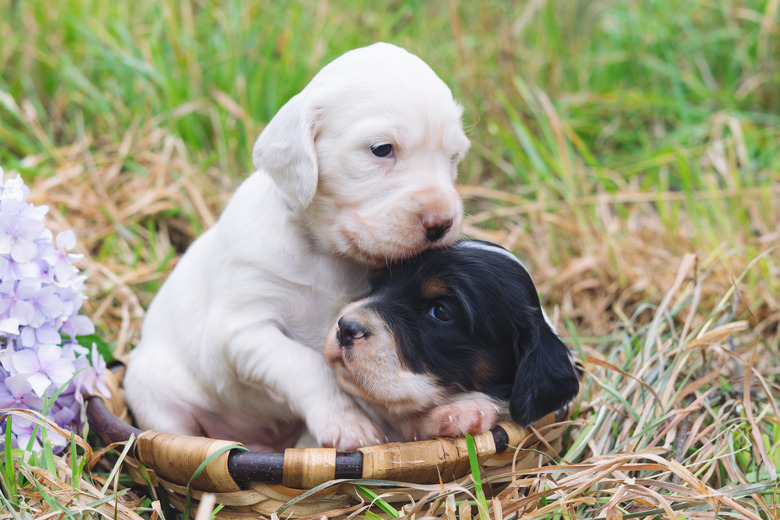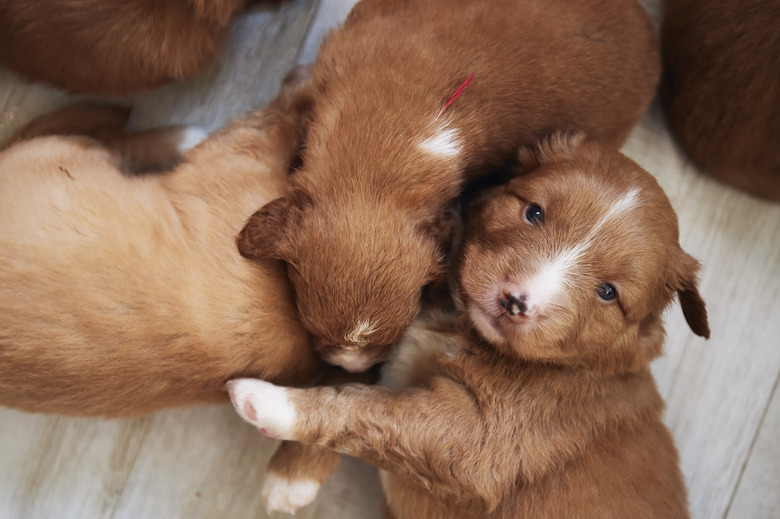How To Take Care Of A Runt Puppy
On the cute meter, a pile of wiggling puppies scores a high number, and it isn't unusual for one pup to be slightly smaller than the rest of the litter. The runt is often chosen because he is tiny and adorable, but his needs may vary from his larger siblings. With proper care, your runt puppy can thrive and grow to a healthy size in adulthood.
What is a runt?
What is a runt?
The tiniest pup in the litter is a result of an undernourished pup in the mother's womb. It's likely that the pup was at the center of the mother's uterus, so placement is responsible for the lack of nutrition in utero. A runt will present at birth with reduced weight but should catch up with additional attention and care during the first few weeks of his life. If the puppy can be sustained through weaning, he should grow to a normal weight in adulthood, but it's important to watch how the runt of the litter interacts with his mother, and vice versa.
Proper nutrition for puppies
Proper nutrition for puppies
All puppies require proper nutrition provided by their mother's milk during the first four weeks of life. The runt of the litter may be pushed aside by his larger, more aggressive littermates. Observe the litter of puppies as they nurse. If the runt is being pushed aside or is crying or cold, place him at the lower teats, closest to the mother's tail area. These teats normally produce the highest amount of milk, assuring that the runt is receiving sufficient nutrition.
Poor nutrition can lead to fading puppy syndrome, which often results from low birth weight and an inability to thrive. Purchase a small scale and weigh the puppies frequently, assuring that all pups, especially the runt, are growing and thriving. Your puppy may need supplemental nutrition if he fails to thrive. Your veterinarian can recommend a supplement and counsel you on a proper feeding schedule.
Extra care for small puppies
Extra care for small puppies
In addition to proper nutrition, puppies need to remain warm during their first few weeks of life. Their immediate area, such as their whelping box, should be maintained at a temperature of 85 degrees Fahrenheit. A runt will benefit from a warming lamp situated over the whelping box to ensure that he doesn't become chilled.
Puppies have an underdeveloped immune system and an inability to regulate their own body temperatures. Additionally, pay attention to how the puppies interact with one another. Larger litter mates may injure the runt puppy if their interactions become too rough.
When to seek veterinary intervention
When to seek veterinary intervention
All puppies benefit from a post-natal visit with a veterinarian. Runts are equally prone to birth defects and are more prone to health issues resulting from low birth weight. Your veterinarian can spot the signs that your runt puppy may be failing. If your puppy fails to gain weight or feels cool despite efforts to warm him, he should see a veterinarian immediately. Once your runt puppy is weaned, don't overfeed him. Overfeeding can result in digestive issues.


